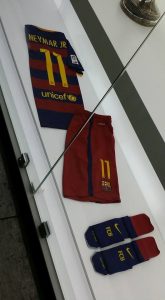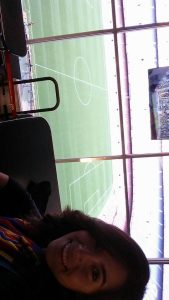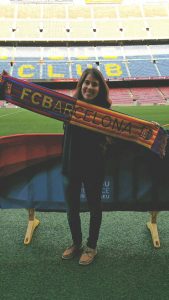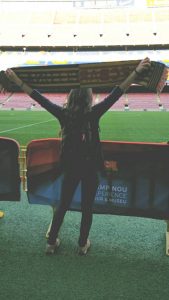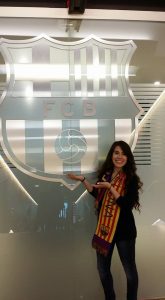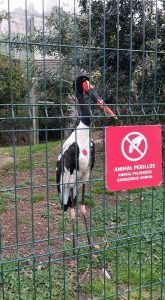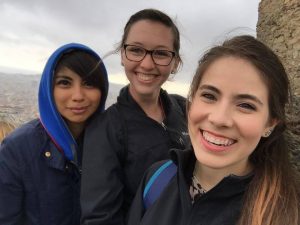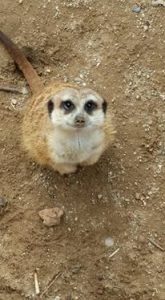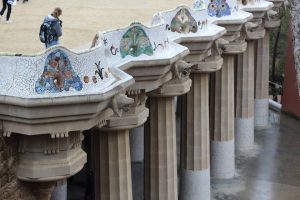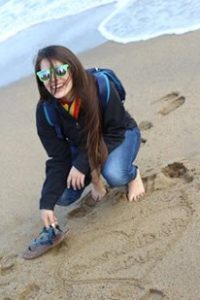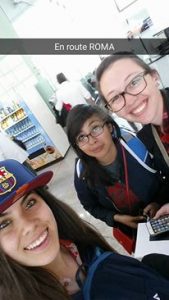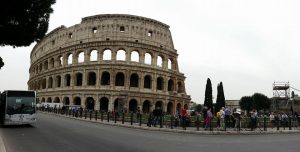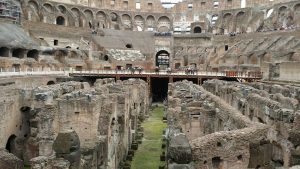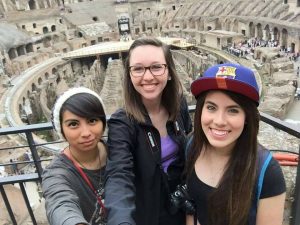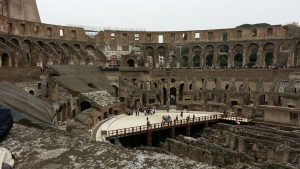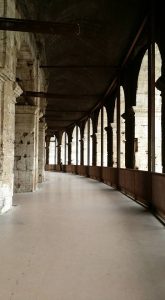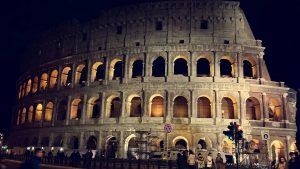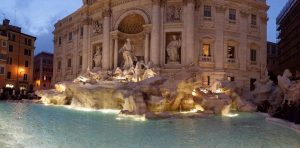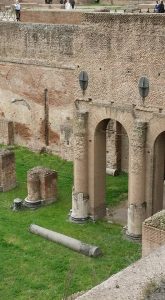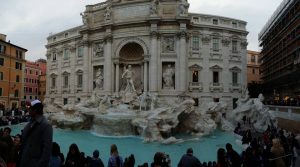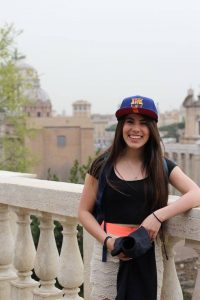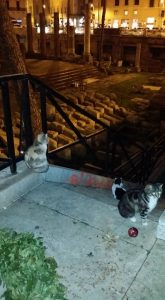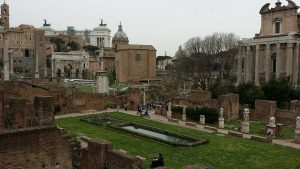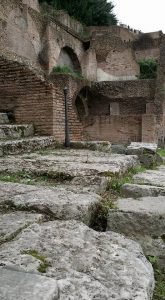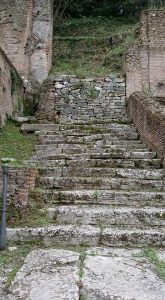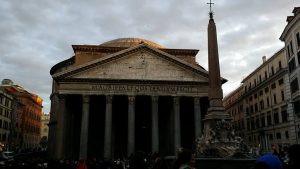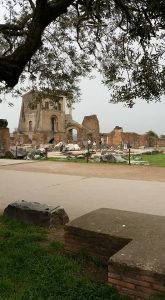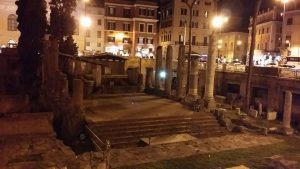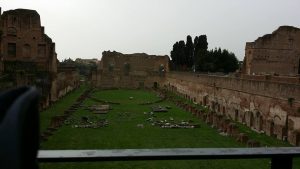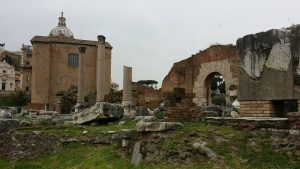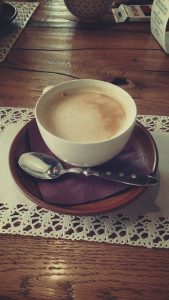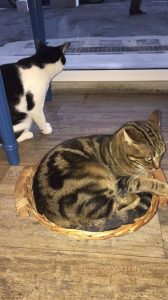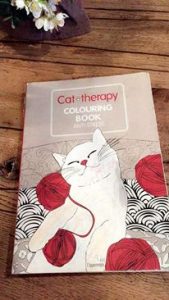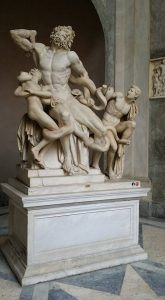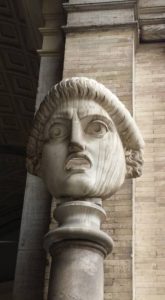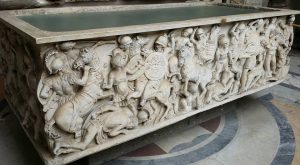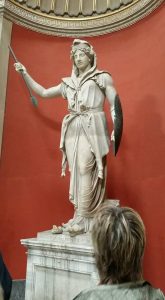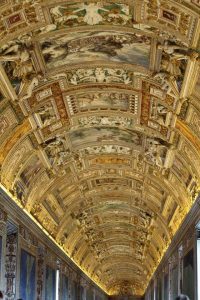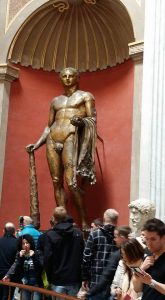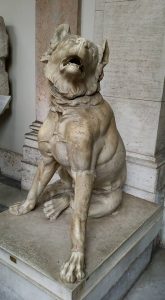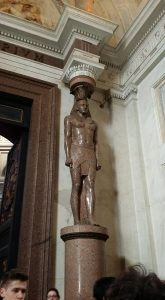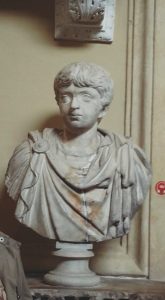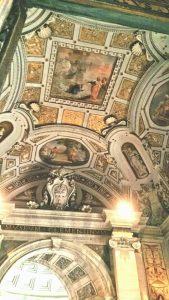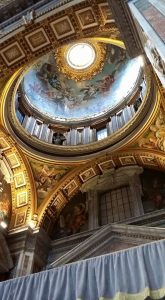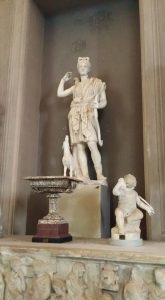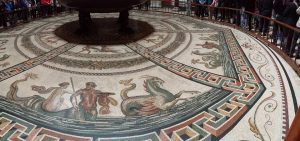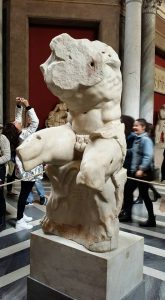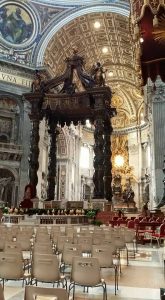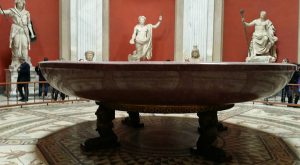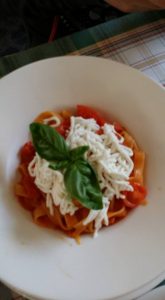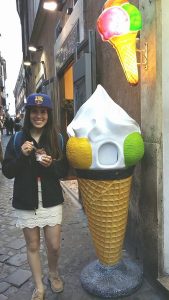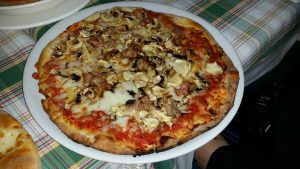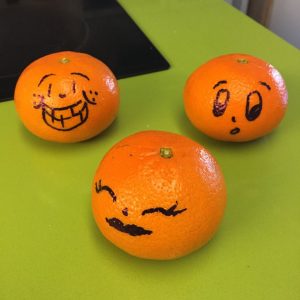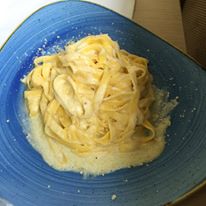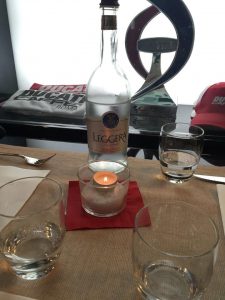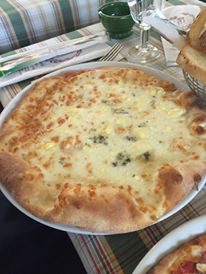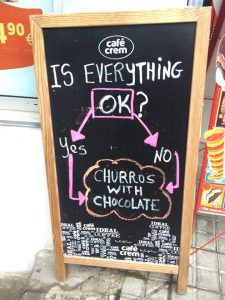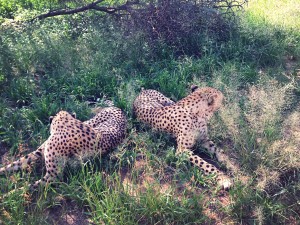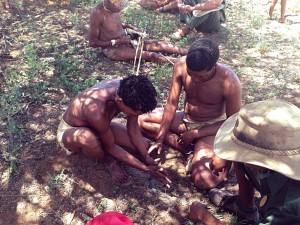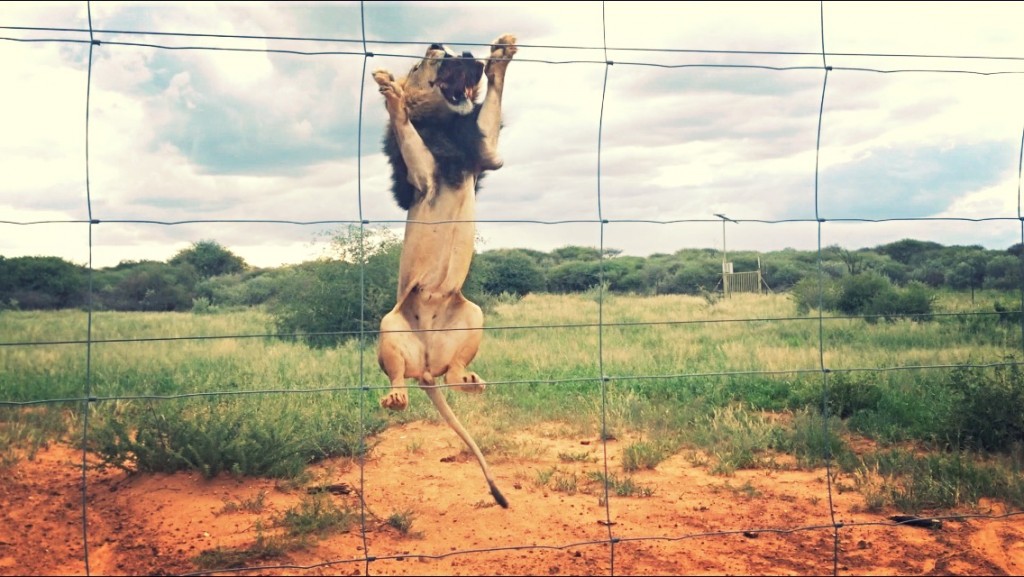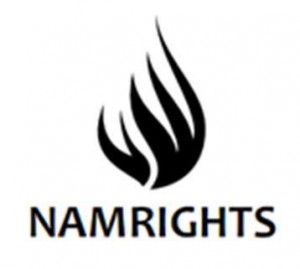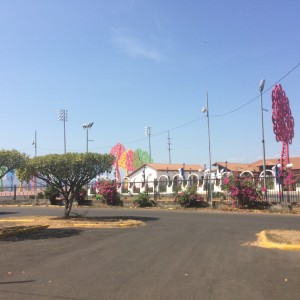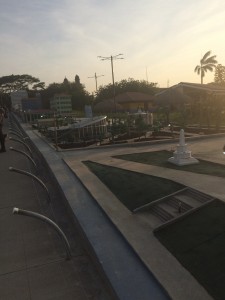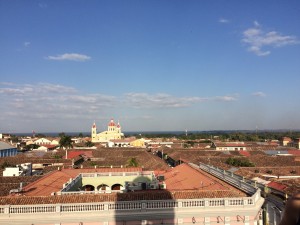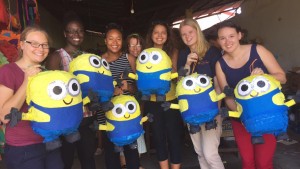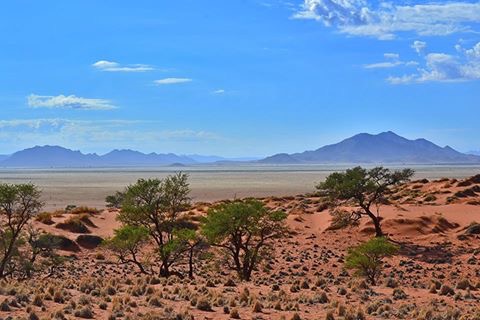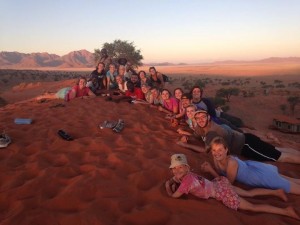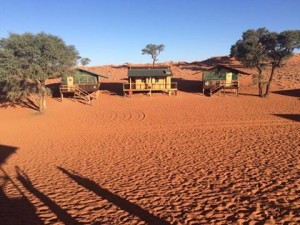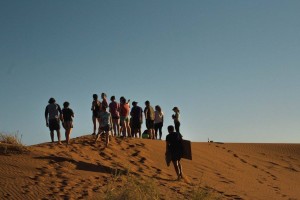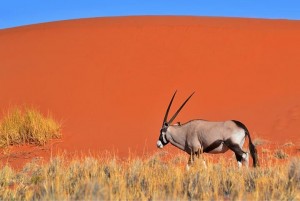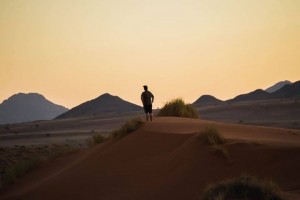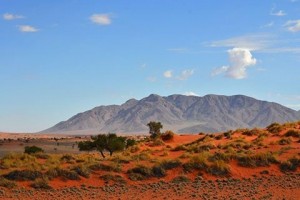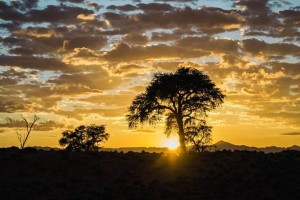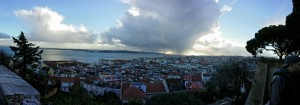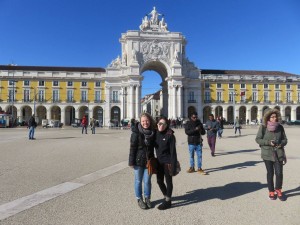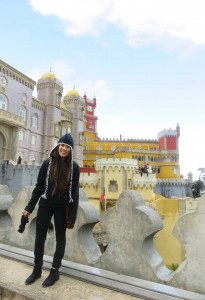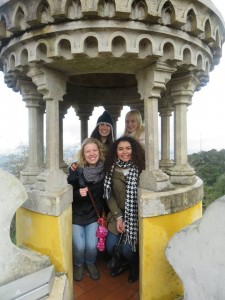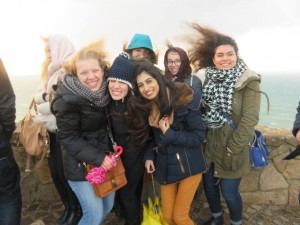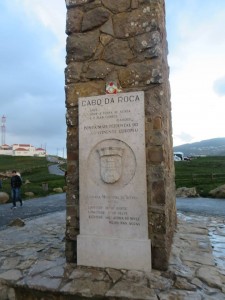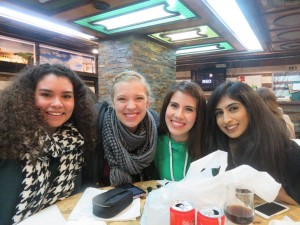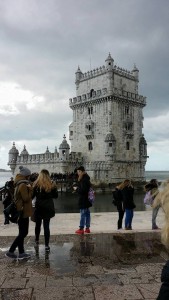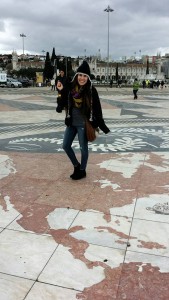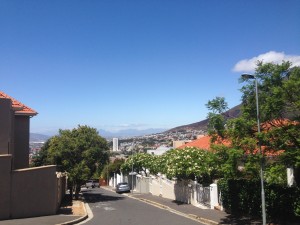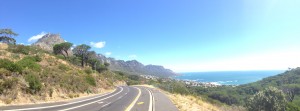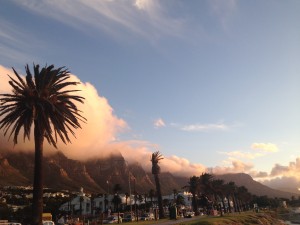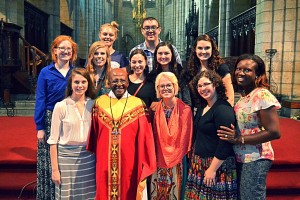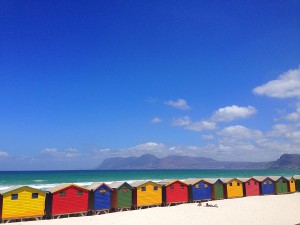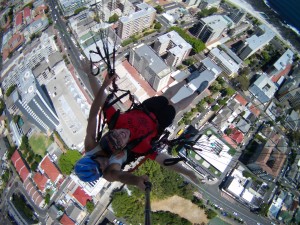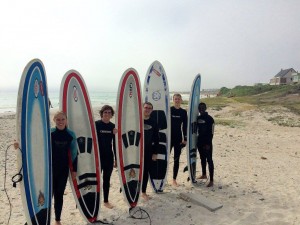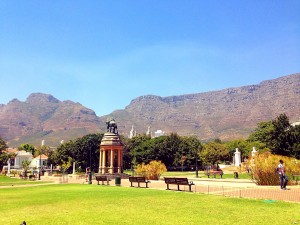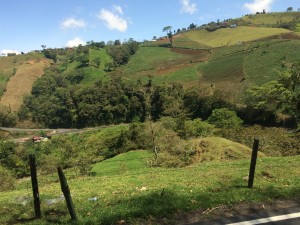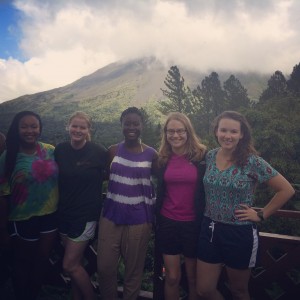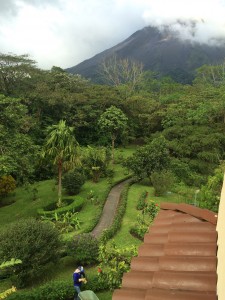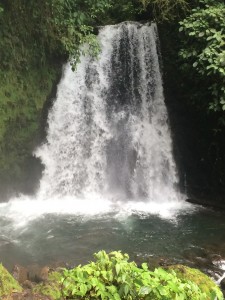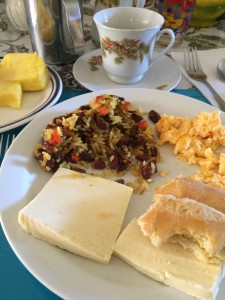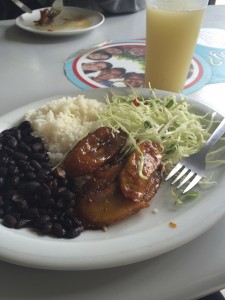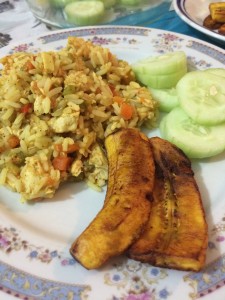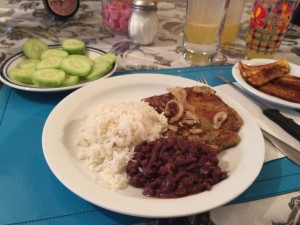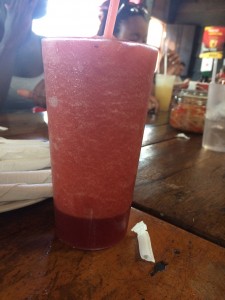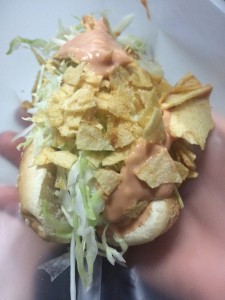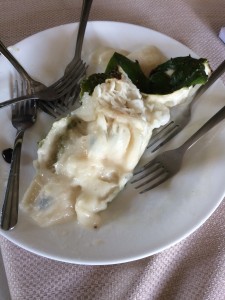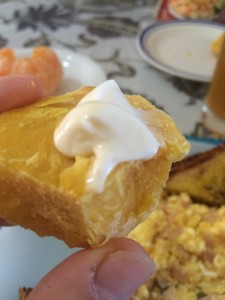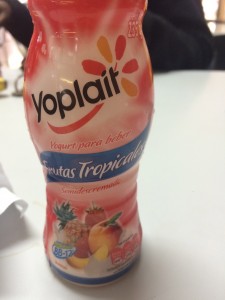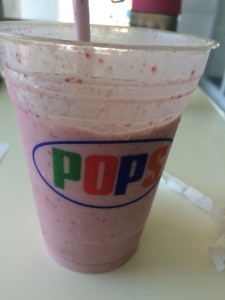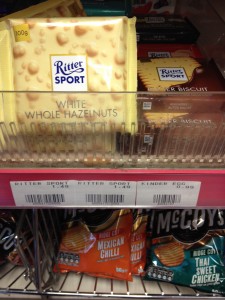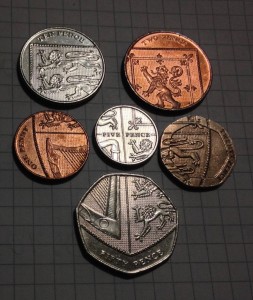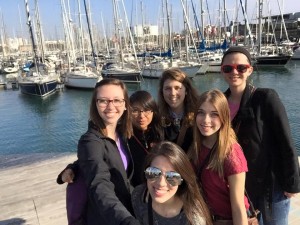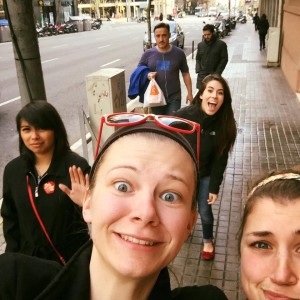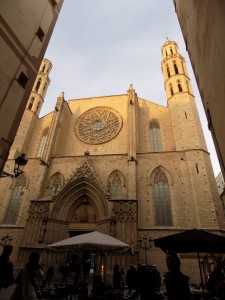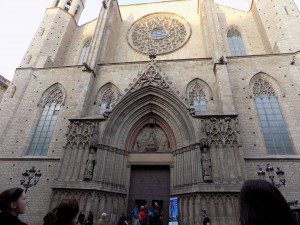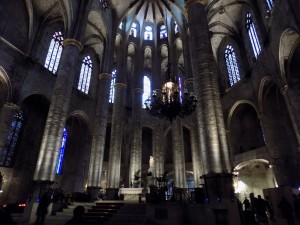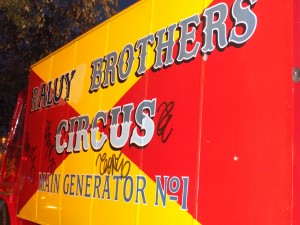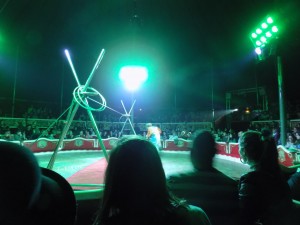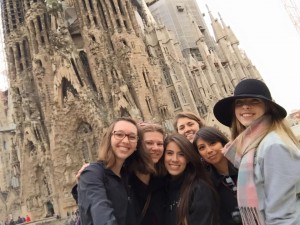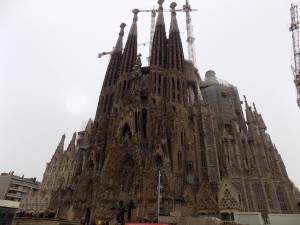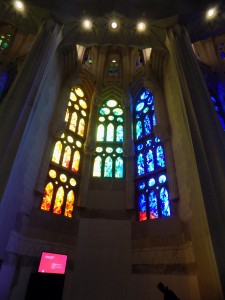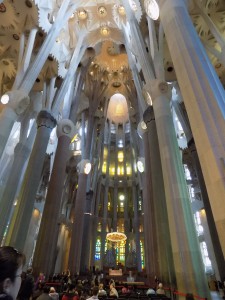Well you’re probably wondering “what in the world does that title mean?” I’m glad you asked. Semana Santa literally translates to Holy Week, otherwise known as my spring break, but no seriously, it is a thing here in Spain. Whether you’re Catholic, Christian, Muslim, etc. you may or may not know its significance. In the Catholic religion Semana Santa starts the Saturday before Palm Sunday and ends on Resurrection Sunday otherwise known as Easter. In Granada, where I am currently studying, there are least two or three parades or marches, if you will, that happen everyday during this week. They all consist of a float, a band, and others carrying crosses and/or reciting prayers. Whether you’re Catholic or not, you will certainly appreciate its beauty. Each float has a meaning behind it that also connects to the day it’s on. In Granada the most important days of Semana Santa are Jueves y Viernes Santo (Thursday and Friday). Now unfortunately, or not, I spent most of my semana santa elsewhere.
I spent the first half in Barcelona. (If you don’t know I had already visited Barcelona once before and I loved it. Of course I had to visit again.) My time in Barcelona was very “chill”. We weren’t rushing around trying to see everything. While I was there I finally got to see and tour Camp Nou (the official and home stadium of FC Barcelona). Now while in Barcelona we usually take the metro to get to places faster. If you know me at all, you know that I can’t find my way around the city. I am so afraid of getting lost that I won’t even go out. So, instead of taking the metro I chose to walk there instead. Trying to understand the directions and the map my friends showed me I was like ….hmmm okay…I’m gonna walk there. In the end I’m glad I walked because I got to see a part of Barcelona I hadn’t seen before, due to the fact that we took the metro everywhere. Camp Nou was absolutely fantastic.
We went to the zoo and found Kevin! and a variety of other strange birds. We also went to Parc Guell which was designed by Antoni Gaudi (famous Catalan architect). It was a rainy/cloudy day so we didn’t get to enjoy it as much.
Now onto the part you’ve all been waiting for!! ROME!
Now Rome is beautiful don’t get me wrong, but I feel like after being there for five days, I’ve had enough of the Holy City. My only purpose for going to Rome was to see the Colosseum, which I did! ON THE FIRST DAY! I have a fetish for Greek and Roman history so the fact that I got to stand on ground where so much history happened was…simply breathtaking. It was hard to wrap my mind around it. There are so many facts that I want to tell you, but this isn’t a history lesson jaja, so I’ll try and stick to the bare basics.
The Colosseum, originally the Flavian Amphitheater was named the Colosseum after a huge statue next to it called the Colosseo, was built in 72 A.D. by Emperor Vespasian of the Flavian dynasty and it took 8 years to build. In 80 A.D. Vespasian’s son, Titus, opened the Colosseum with 100 days of games (gladiator fights, wild animals hunts, etc.) After four centuries of active use, the arena fell into neglect and parts of it were torn down and used for building material. It’s crazy to think that this arena could seat 70.000 people in an orderly fashion in under 30 minutes! It’s true, the tour guide said so.
After the Colosseum we saw the Roman Forum and some of the gardens AND THE TREVI FOUNTAIN. https://www.instagram.com/p/BDRWWWwBW4C/?taken-by=estyluvscookies
(For your viewing pleasure =) my friends and I as we make our wishes at the Trevi Fountain.) Most of it is in ruins, of course, these buildings are ancient. It was still beautiful. Most of what Rome is today is built over the old city. The temple of Julius Cesar where he was supposedly stabbed and died is an excellent example of how you can see that modern-day Rome is built on top of ancient Rome. I am sorry my pictures are low quality for this here. It was nighttime when we saw this. Also fun fact: it is today a cat sanctuary! Strangely exciting.
Speaking of cats, my friends and I went to a cat café! We did a lot of walking that day. First we went to see the catacombs (rather unfortunately there were no bones or skulls adorning the walls, however, there were magnificent frescoes and whatnot). Catacombs, whether or not it is full of skeletons, are creepy and cold. Freezing cold.
Oh! I must not forget one of the more beautiful parts of my visit to Italy. The Vatican. It is a plethora of riches let me tell you. The marble that was used to adorn the walls of the Colosseum?.. It’s in the Vatican. The Egyptian granite that was quarried and placed in the Roman Forum?.. The Vatican. Basically anything worth anything is in the Vatican.. However, it is beautiful. I’m not much of art person so I won’t say much about it except say that there are some serious magnificent pieces of artwork displayed there. Frescoes, paintings, sculptures, tapestries, statues, the works not to mention the Sistine Chapel. It is said that it is the second largest church/chapel in the world! The thing is HUGE. Can’t believe what the largest looks like.
And to end this post on a good note…the food. O. M. G. Like, I cant even imagine ever eating pizza, pasta, and gelato ever again. Italy has ruined me. Yes, I totally just went all white-girl right there. #NoShame. But no for real…the food was literally like my favorite part of being in Rome.
And for the record, no I did not see the Pope so don’t ask.
